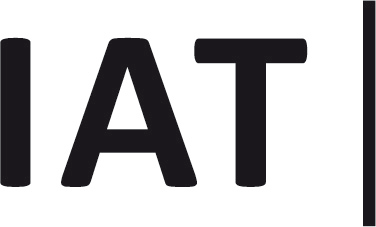Piezo-Klett
The project investigates the Velcro connection as a connecting system, as well as an energy generator, for the self-sufficient supply of active sensors, and the resulting data, e.g. loads, with regard to predictive modeling and their transmission cycles.
The starting point is the high CO2 emission in the building industry and the advancing climate change. In regards to these, it is necessary to increase the resilience of buildings and cities through adaptability, durability, energy and resource efficiency. The first step is the rethinking of the design and planning of the interfaces from the primary structure (envelope) to the secondary structure (finishing) and the management of tertiary structures (engineering). The requirements are separable connections between short-lived and long-lived components, ease of maintenance, accessibility, and a high degree of standardization.
As shown by the "Klett-TGA" (https://nachhaltigwirtschaften.at/de/sdz/projekte/klett-tga.php) exploratory study preceding this project, the Klett connection meets these requirements better than conventional methods. In addition, resilience in construction requires data (influences on components and component data) which can be obtained by means of suitable sensor technology, especially active transponders. However, the installation of the preferred sensors is costly due to cabling or the lifetime is limited due to the fixed battery.
To solve this problem and to increase the potentials of a Velcro connection with regard to a broad building application, the present project proposes to consider building parts as energy generators and to operate a so-called "energy harvesting" on the points of component interfaces, using the Velcro connection in combination with piezoelectric material. This way from the design and construction (engineering) point of view, building components are optimized for the piezo effect. Compared with the current technology status, this type of fastener for energy generation, especially in regards of the development and optimization of component joining points, offers a high level of innovation with a substantial need for further research. The project focus and desired result consists in a verification of the project idea by quantifying the recoverable electrical energy depending on the application case as well as in a comprehensive, interdisciplinary gain of knowledge with regard to concepts and applications in architecture / civil engineering. Thus increasing the resilience in civil engineering.
Project duration: September 2020 - August 2022
Funding: Austrian Research Promotion Agency (FFG)
Project management: Institute for Architectural Technology (IAT), TU Graz
Project management: Roger Riewe, Matthias Raudaschl, Toni Levak
Project contributors: Maria Soledad Vidal Martinez, Semjon Popek, Ema Drnda, David Schlegl
Project partners:
Labor für Konstruktiven Ingenieurbau (LKI), TU Graz – Bernhard Freytag, David Funke
Axtesys GmbH – Markus Moser, Angelika Weber, Simon Klima, Peter Treitler
NET-Automation GmbH – Walter Rieger, Gernot Theuermann
Research Institute of Sweden (RiSe) – Anja Lund
